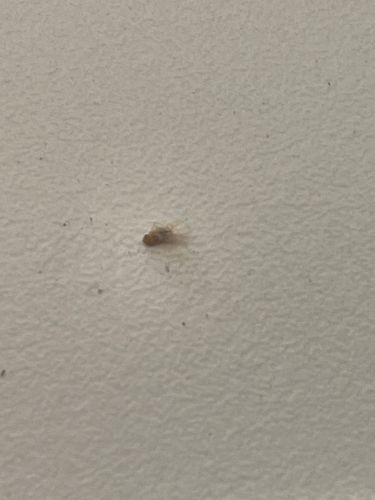Fruit Fly
Scientific Name: Drosophila melanogaster (most common species associated with homes, though other Drosophila species are similar)
Order & Family: Order: Diptera, Family: Drosophilidae
Size: Typically 1/8 inch (3-4 mm) long

Natural Habitat
Fruit flies are commonly found in kitchens, pantries, and anywhere ripe or rotting fruits, vegetables, or fermenting liquids (like vinegar, beer, wine) are present. They can also be found near garbage disposals, recycling bins, and drains where organic matter accumulates.
Diet & Feeding
Adult fruit flies feed on fermenting sugars found in overripe fruits, vegetables, alcoholic beverages, and other sugary, decomposing organic matter. Larvae feed on the yeasts and microorganisms present in the fermenting substrate where they hatch.
Behavior Patterns
Fruit flies are attracted to fermenting fruits and vegetables. They lay their eggs on ripe, rotting, or fermenting produce and other moist organic materials. The life cycle from egg to adult can be completed in about a week under ideal conditions (around 80°F, 27°C). Adults typically live for about 2-3 weeks.
Risks & Benefits
Potential Risks: Primarily a nuisance pest in homes and food establishments. They can contaminate food with bacteria and other microorganisms picked up from unsanitary breeding sites. While generally not directly harmful to humans, large infestations can be annoying. Potential Benefits: Drosophila melanogaster is a classic model organism in genetic and biological research due to its short life cycle, ease of rearing, and well-understood genome, greatly contributing to our understanding of genetics, development, and disease.
Identified on: 8/28/2025